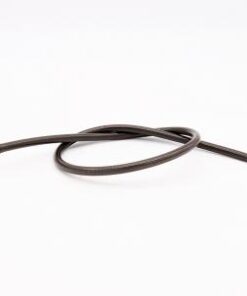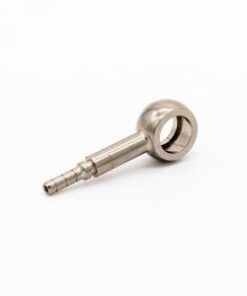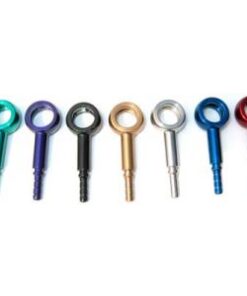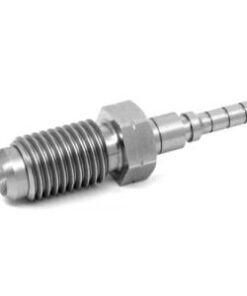We work
Brake hose bleeding instructions
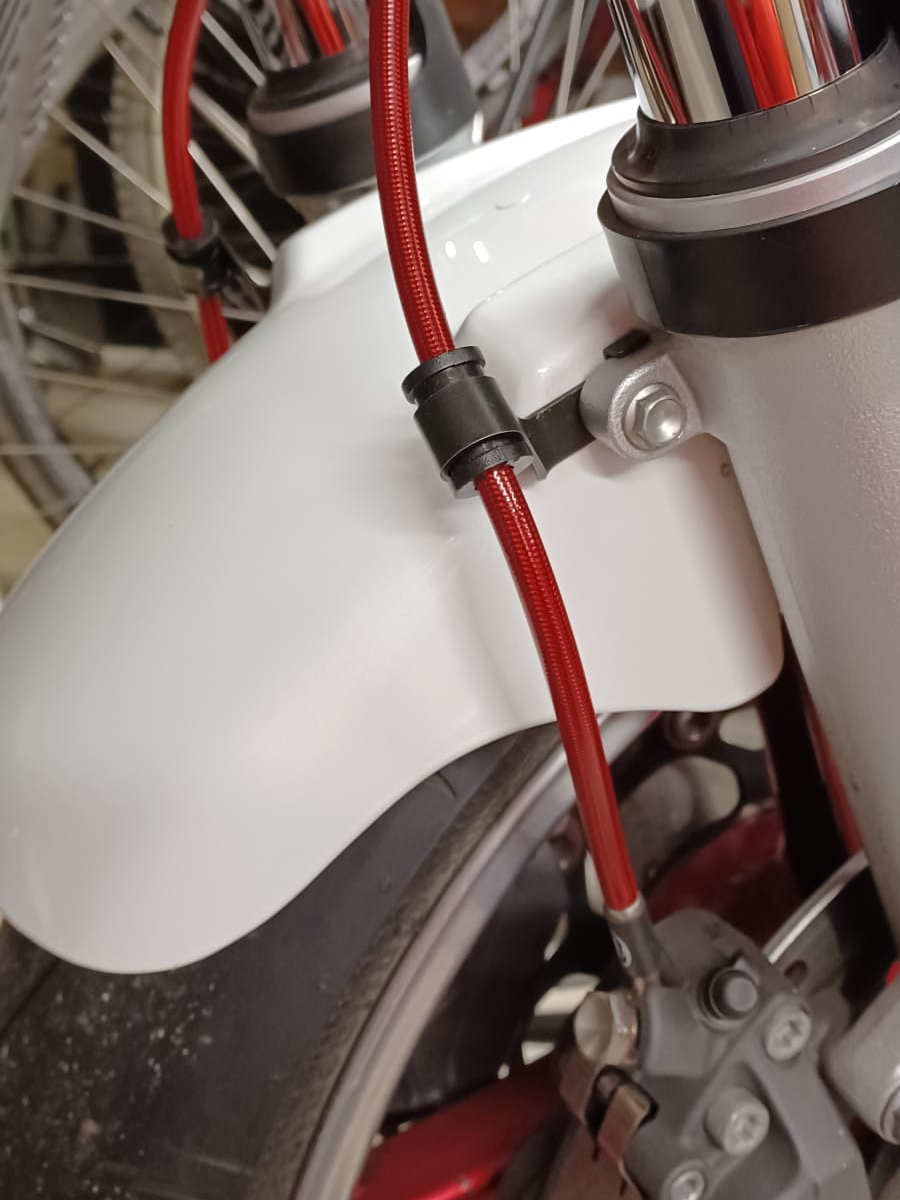
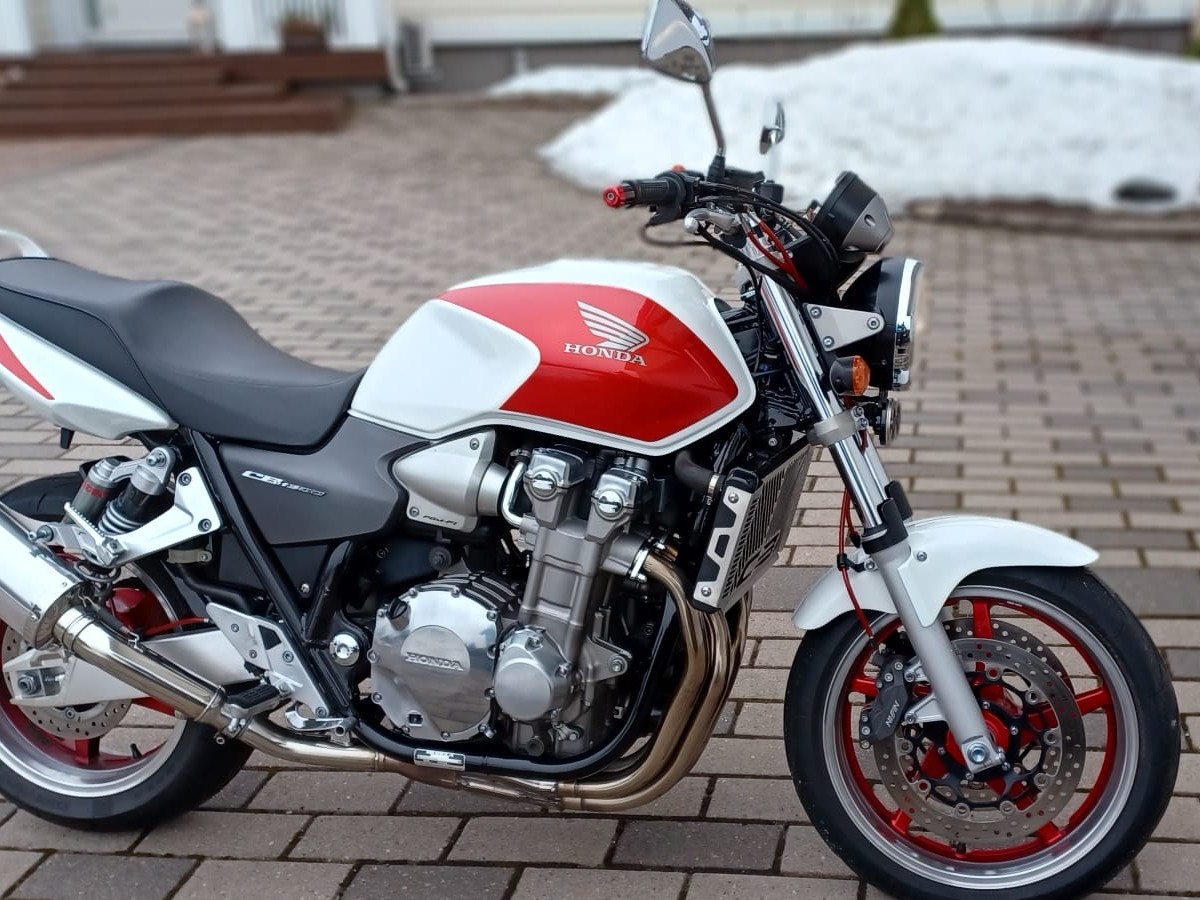
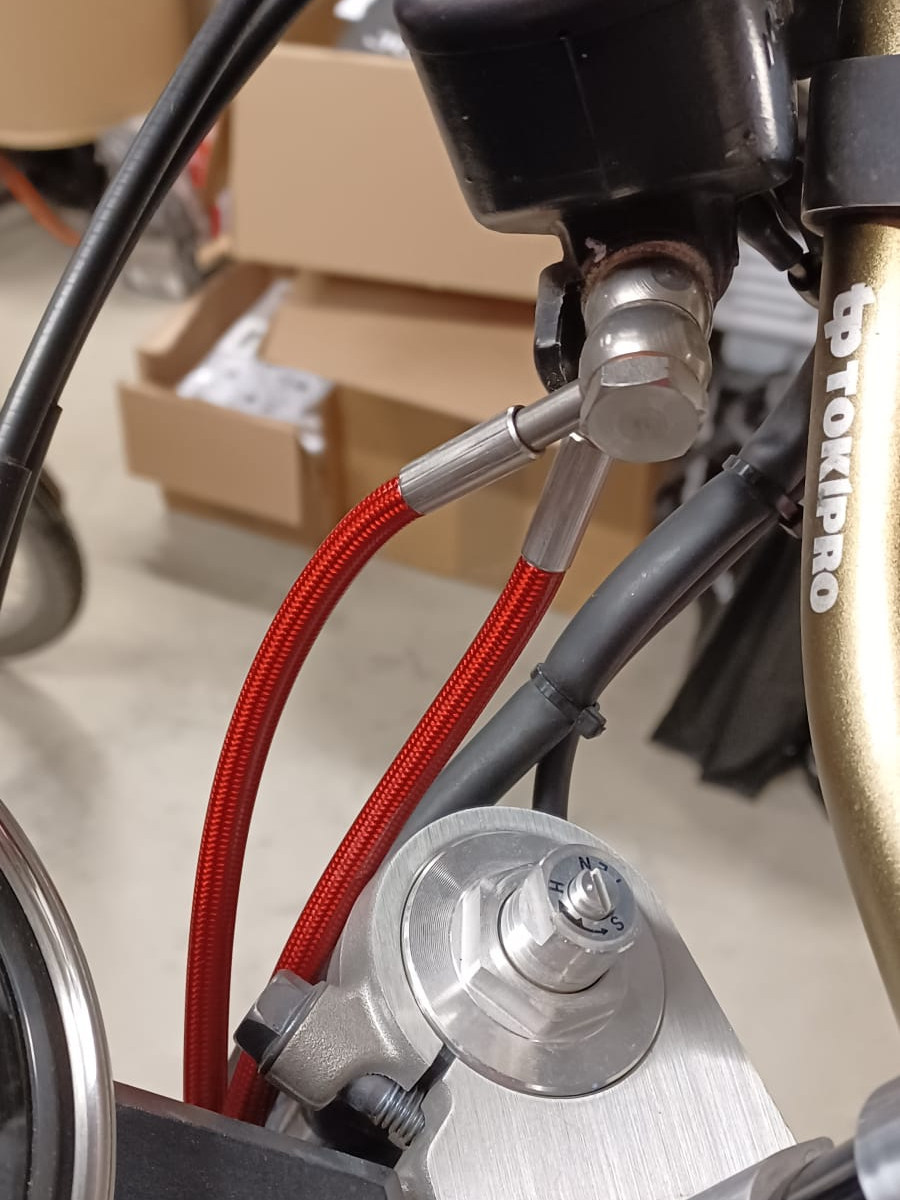
Installation instructions for installing HEL Performance brake hoses
Since you have decided to replace your brake hoses with HEL Performance steel braided hoses and to get the most out of them, please take a few minutes and read the installation instructions.
Contact us if you need more information or advice.
Why are HEL Performance brake hoses better?
We manufacture our hoses using stainless steel fittings that are crimped directly onto Teflon/steel braided hose. This eliminates the "soft" feeling associated with rubber in brake hoses under extreme braking situations. The stainless steel exterior offers excellent resistance to corrosion and abrasion. Pressed connectors give a streamlined finish and a truly safe solution.
Before starting the installation, check that you are familiar with how the new Brake Hose replaces the existing hoses on your bike. Pay special attention to the direction of banjos and corner fittings. Banjos and corners can be oriented afterwards according to the manufacturer's instructions.
Let's get started:
Carefully remove the existing brake hoses from the bike. Start by removing all the old washers, then drain the brake fluid from the system. Be especially careful about brake fluid getting on paint surfaces, because it is a really powerful solvent. After this, make sure the sealing surfaces of the brake caliper and handle are clean and in good condition. The sealing plugs in the banjo connector should always be replaced with new ones when the connector is opened.
Preparation:
Of course, you need clean, new brake fluid. Check the compatibility of the fluid with your system, as there are different brake fluids. You'll also need a plastic hose that fits snugly into the bleeder nipple and a glass container so you can see the air and old fluid leaving the system. Our brake hose can withstand all brake fluids on the market.
Also cover the areas around the master cylinder and breather nipples to protect against accidental spills and make sure the surrounding areas are clean to prevent dirt from entering the system. Attach a plastic hose to one of the bleeder nipples and open it slightly to get most of the old fluid out before removing the existing hoses. With the bleed nipple open, make sure there is plenty of fluid in the brake reservoir, then put the cap back on to prevent fluid from splashing out when you start bleeding.
Primer
If you have a dual disc brake system, bleed one caliper at a time and bleed the caliper farthest from the master cylinder first.
Attach the hose to the vent nipple and place the other end in a clean glass jar. Pour clean brake fluid into the jar so that the end of the hose is under the fluid - this way you don't draw air back into the system. Then open the bleed nipple and squeeze and release the brake lever slowly to give the master cylinder enough time to draw fresh fluid from the reservoir. Keep an eye on the fluid level in the master cylinder reservoir and make sure it doesn't drop below the minimum mark to prevent air from being sucked into the system. When filling, liquid may be drawn back into the system from the container. Just make sure the hose is always submerged in the fluid so you don't draw air into the system from this end. Filling the system should not require too much force - when it is full, tighten the bleed nipple.
Expression
Bleeding the brake hose alone is a success, but it is easier when there is a helper pressing the handle or the pedal. Open the bleed nipple slowly, about half a turn, while squeezing the brake lever in (or depressing the pedal). When you hold down the lever or pedal, you should see air bubbles or liquid entering the glass jar. The release of liquid or air takes only a few seconds. Then close the nipple before releasing the brake lever/pedal. Now check the fluid level in the tank and add more if necessary. Repeat this procedure until no more bubbles are visible and the liquid coming out is clear, making sure to keep the Master Cylinder filled. If you have a dual brake system, repeat the process with the other caliper.
Final inspections
You should now have a braking system that feels good. The lever should "move" a bit and then meet firm resistance, but if as you continue to press the resistance or sponginess slowly decreases, there is probably still air in the system. Try to bleed the system again and check that all parts are tightened to the correct torque. Also check that there are no fluid leaks in any of the hoses or systems.
NOTE – do not ride your bike until you are sure you have bled the brakes correctly. Check that all fittings are properly attached to each hose. Check that there are no leaks. Check that the hoses are installed without kinks or twists. Make sure that the movement of the full suspension and the steering lock do not affect the hoses in any way. Then tighten the banjo bolt to the correct torque.
Minimum 20 Nm (14 lbf⋅ft)
Maximum – 33 Nm (24 lbf⋅ft)
If in doubt, ask your local dealer to drain the system for you.
Author
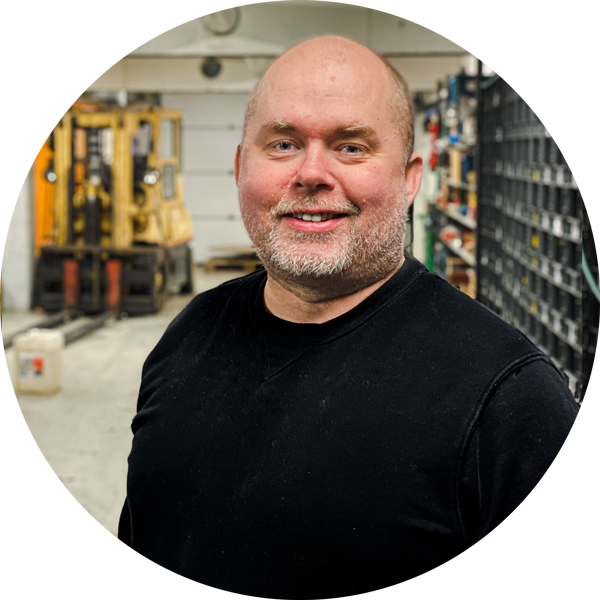
Toni Mielikainen
CEO
Mittaletku
+358 400 292 874
[email protected]
Linkedin
Toni is perhaps Finland's most experienced hose master, whose hands have passed through hundreds of solutions for all domestic industries. More than 20 years of experience in hose and connector matters can be seen as expertise that both large production plants and small breweries benefit from.
We used these products
Colored steel braid brake hoses are very stylish and durable brake hoses made of high quality stainless steel wire and coated with a durable colored coating. These brake hoses are available in different colors such as red, blue, green, yellow and black, allowing drivers to customize the look of their vehicle and increase its visual appeal. Colored steel braid brake hoses are very durable and designed to withstand high temperatures and strong impacts. This makes them an ideal choice for anyone looking to improve the performance and reliability of their vehicle's braking system. These brake hoses are easy to hose to any device and you can make sharp bends in them. With steel braided brake hoses, the spherical brake feel typical of rubber hoses is eliminated. Which enables more precise braking and lap times like. Colored steel braid brake hoses are easy to install and are compatible with most vehicles. They are available in different lengths and sizes to suit different vehicles and brake systems. These brake hoses are also very easy to clean and maintain, keeping your vehicle's braking system safe and reliable for a long time. Overall, colored steel braided brake hoses are stylish and practical additions to vehicles that allow drivers to customize the appearance of their vehicle and improve the performance of its braking system. All brake hoses ordered from us are always made on the same day. You can get faster only by visiting lovely Porvoo with old hoses, which are always renewed while waiting. Contact us in the chat.
The stainless banjo connector is the most common connector in steel braid brake hoses. Banjoliit acts as a connecting part between the brake hose and the brake cylinder, and thanks to it, the brake system becomes even more efficient and reliable. The banjolite is made of stainless steel, which guarantees its durability and corrosion resistance. It withstands very high pressures and temperatures, making it a very safe and reliable choice as part of a brake system. The Banjoliit is specially designed for steel braided brake hoses, and with it the Brake Hose is firmly attached to the brake cylinder. The banjo connector is always connected by pressing the steel braid to the brake hose. Thus an extremely durable and safe connection. The stainless banjo coupler is an excellent choice for any motorist looking to improve the performance and safety of their braking system. It is durable, reliable and easy to install, making the braking system even more efficient and safer.
Are you looking for a colored banjo connector that is not only durable and reliable, but also stylish? We have a solution for you! The stainless steel banjo coupler is available in several different colors, so you can choose an option that matches the style of your vehicle. The banjolite is designed to withstand high pressures and temperatures, so you can be sure that it will work reliably for a long time. The special feature of the banjo coupler is its design, which allows it to be installed in complex brake systems. It is the ideal choice for those who want to ensure the safety and efficiency of their braking system. The banjo is easy to install and its stainless steel construction ensures that it will last for a long time. So you can rest assured and enjoy driving, knowing that your vehicle's braking system is safe and reliable. Choose a colored banjo connector to add personality and style to your vehicle's braking system. This quality and durable banjo connector is available in a variety of colors and offers safety, efficiency and style in one package. Order yours today and enjoy driving without worries! Our chat service is for all brake connector issues.
There is no better solution for brake system connections than the external thread brake connector that can be pressed into a stainless steel braided hose. This excellent connector is specially designed for brake systems where a durable and reliable connection is required. This brake coupler's compression male thread and dual sealing surface ensure a perfect fit with steel braided hose, and its stainless steel construction ensures longevity. In addition, it is easy to install and press the sleeve tightly onto the end of the hose, which makes it a safe and reliable option for the connections of your brake system. If you want a safe and reliable connection in your brake system, this stainless steel braided male thread brake connector is the perfect choice. Order new brake hoses now and make sure your vehicle's brakes work efficiently and safely.

